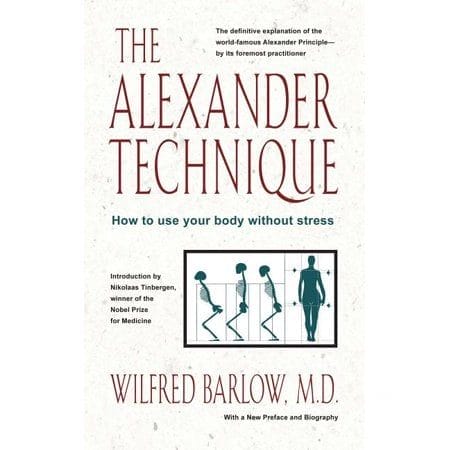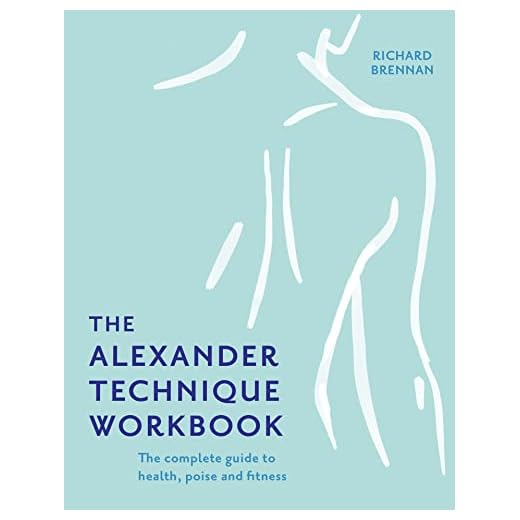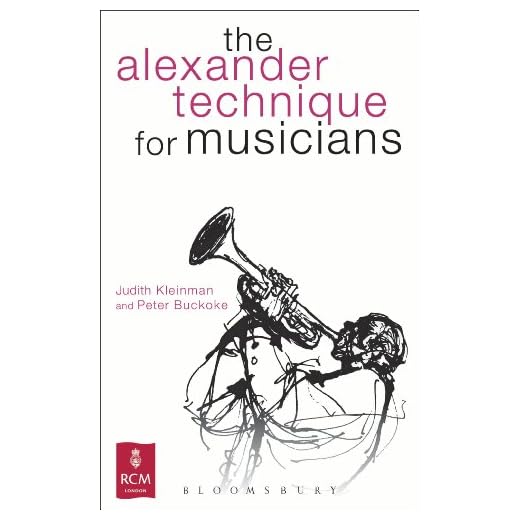The Alexander Technique is a holistic therapy which helps you discover a new balance in the body by releasing unnecessary tension.
The Alexander Technique is a recognised holistic therapy. This means it is an Alternative Medicine, not part of prescribed or allopathic medicine, and is also a Complementary therapy meaning it can be offered alongside other therapeutic practices.
The therapy focuses on teaching students to improve their posture and specific body movements. This is believed to correct poor posture habits and prevent pain and problems associated with them.
Therapists teaching this technique focus on methods that help eradicate and prevent tension in the body. This tension is believed to lead to issues such as neck and back pain, stiffness in the shoulders and other related musculoskeletal problems.
Research suggests that the technique is effective for helping with specific health conditions. Clinical studies provide strong evidence of the Alexander Techniques effectiveness for those suffering with chronic back pain. There is also evidence that it is beneficial for those suffering Parkinson’s associated conditions.
It is also believed that the technique helps develop greater balance in the elderly, reduces levels of chronic pain, improves posture and respiratory functions.
The Alexander Techniques 4 Key Principles.
The main principles of the Alexander technique are:
1. The way you sit, stand and move has direct impact on how well you function.
2. The alignment of your head, neck and spine is paramount and directly attributable to your ability to function optimally.
3. When we become more mindful of how we go about our daily activities we are able to make the changes to gain maximum benefit.
4. Our mind and body individually and together constantly influence the other. Our aim is for them to work in in harmony with each other.
5. Supporters and users of the technique believe that conditions such as backache and other disorders resulting in long term pain are due to misuse and poor posture over a long period of time.

Misuse of the body results in us moving inefficiently and resulting in pain. This can be due to relatively minor actions, resulting in long term habits, such as standing with an unaligned spine or sitting with uneven weight distribution.
The methods used in the Alexander technique are designed to help us “unlearn” bad body posture habits. This helps us achieve balance and natural alignment of the body.
It requires us to become more mindful and focus on improving our posture. This mindfulness aims to help us build the strength of the muscles that support our spine.
It reinforces proper use of our neck muscles and those in the spine. This ensures alignment of the head, neck and spine.
The technique is named after its creator, Frederick Mathias Alexander. He developed the therapy to enable people to re-educate themselves to their bodies natural movements.
This re-education was designed to break the poor habits formed over time and to develop new habits that involve proper body posture and movements.
Benefits Of The Alexander Technique Holistic Therapy.
The therapy is designed to deliver multiple long term benefits aimed to help transform the way we live and manage our daily life. It is an excellent way to feel better and move through the world in a more natural and relaxed way.
Alexander’s Four Concepts For Good Posture.
Alexander’s theory encourages us to be purposeful, or mindful, of our body’s responses and movements, rather than moving and responding habitually.
Alexander identified four concepts of movement for good posture that help us achieve huge benefits within our body:
- Enable the neck to move freely and aide the head to move forward in correct alignment with the spine, if the neck is free and the head poised easily, movement becomes more fluid and requires less effort;
- The relationship of the head, neck and back is key to good coordination and efficient functioning;
- Allow the torso to lengthen and widen;
- Permit the knees to move forward and away from the torso;

Positive Effects Of The Alexander Technique Holistic Therapy.
Better Motion Of Movement.
It’s sometimes easy to forget that simple things, such as our posture, plays a major role in the way we move. Poor posture can slow us down and over time can manifest stiffness and pain.
Not having proper posture can also result in a reduction of stamina and movement required to perform everyday activities.
This holistic therapy goes a long way to help improve our range of motion and body movement.
This improved mindfulness aides our coordination, balance, and stability which helps us feel lighter and gives us greater self confidence and a boosted metabolism naturally.
Improvement in Muscle Function.
According to studies published in Human Movement Science, and Science Direct, consistent practice of the Alexander Technique improves muscle tone, thickness, elasticity, and the muscular ability to contract.
It is particularly helpful for individuals who are experiencing issues related to their posture, or have episodic neck and back pain.
Chronic Conditions Holistic Therapy.
The Technique is a great holistic therapy for those suffering with chronic conditions ranging from Parkinson’s disease, Inflammatory Bowel Disease, to Asthma.
Enhancing posture and muscle activity has been shown to help people with these conditions.
When the Alexander Technique is accompanied by other forms of relaxation therapy, such as biofeedback, meditation, and hypnosis, patients have seen lowered blood pressure and improved respiratory function, such as a greater control of their breathing patterns.
Pain Management.
This technique can help with neck and back pain control. Studies demonstrate that with consistent practice people’s pain levels have decreased.
What To Expect In Alexander Technique Lessons.
Many people worry that they will need to purchase expensive sports wear. Others worry that they may have to remove their clothing for therapeutic sessions, as often required with massage or with some chiropractic manipulation.
During lessons the trainer will initially observe how you move, giving insight into your day to day movements.
These observations usually include:
- How you stand up?
- How you sit down?
- How you walk?
- The movements and flexibility in your joints;
- The movements and alignment of your head, neck and spine when completing each of these activities.
The teacher uses their observations of your posture and movement to individualize training. This enables the therapist to help you improve posture and movement.
The teacher will gently apply their hands to your neck, shoulders or back to position your body and posture correctly.
While the teacher does this they also use their hands to gather supplementary information which impacts health, such as breathing and posture through body movements.
To help gain in depth information they will ask you to perform everyday movements, walking, sitting, standing, while keeping their hands in contact with your body.
The teachers use their hands hands to gently reposition your posture throughout these movements. As they do this they will also be convey the information you require to replicate correct body posture on your own.
The aim is for the teachers hands to gently guide your body to correct posture as well as encouraging you to release any habitual restrictive muscular tension.
The Alexander Technique is highly recommended as a holistic therapy and teachers can be located in most urban centers.
Recommended Resources.













